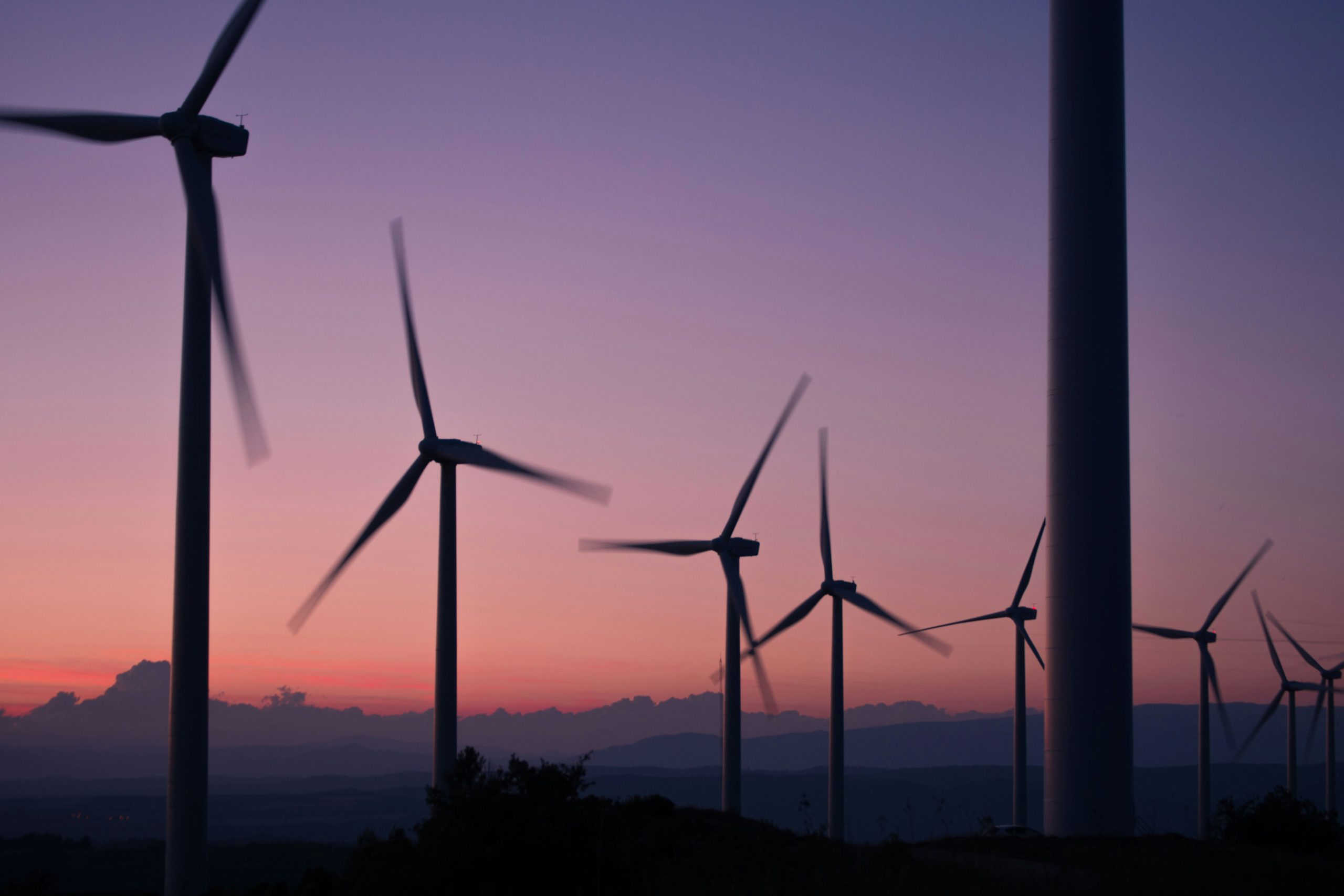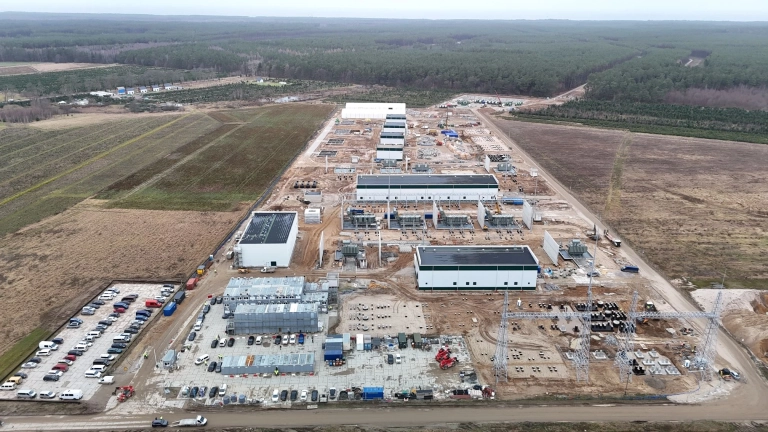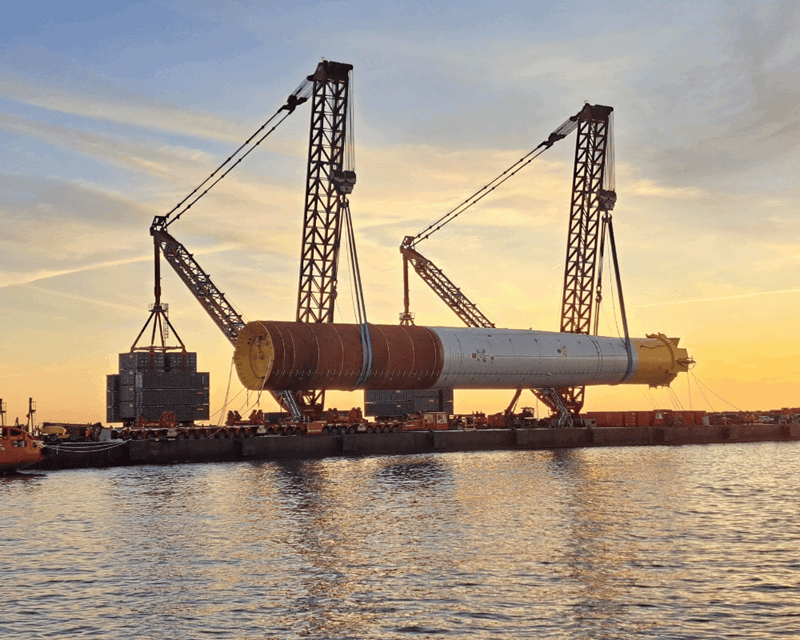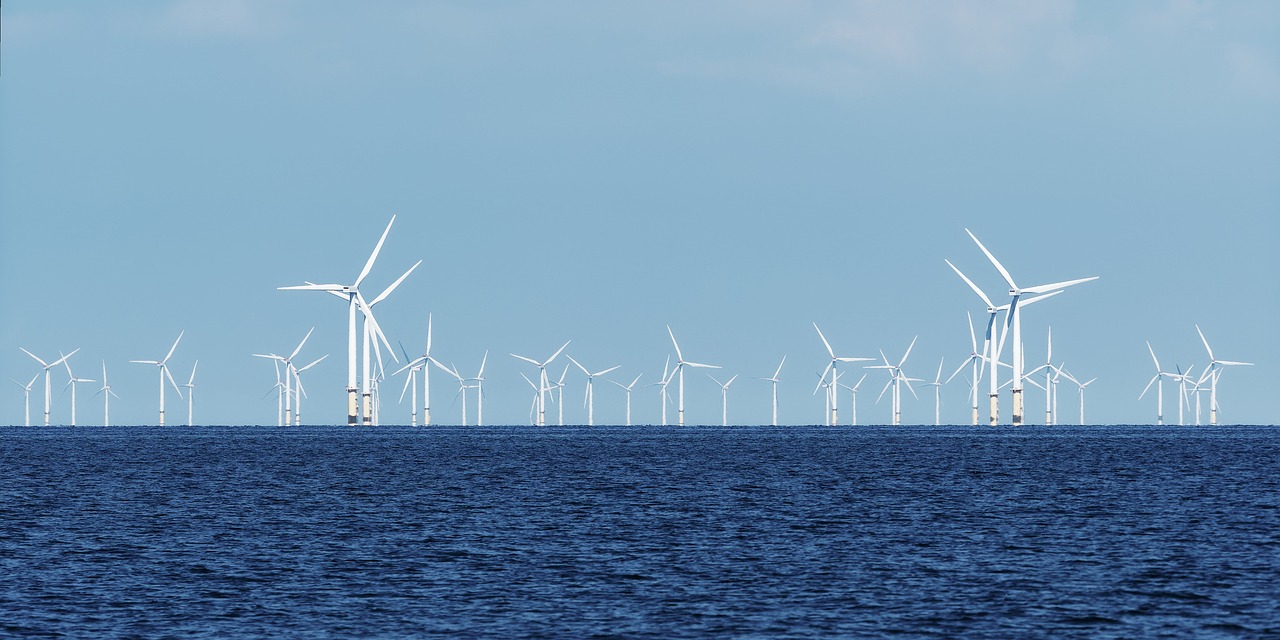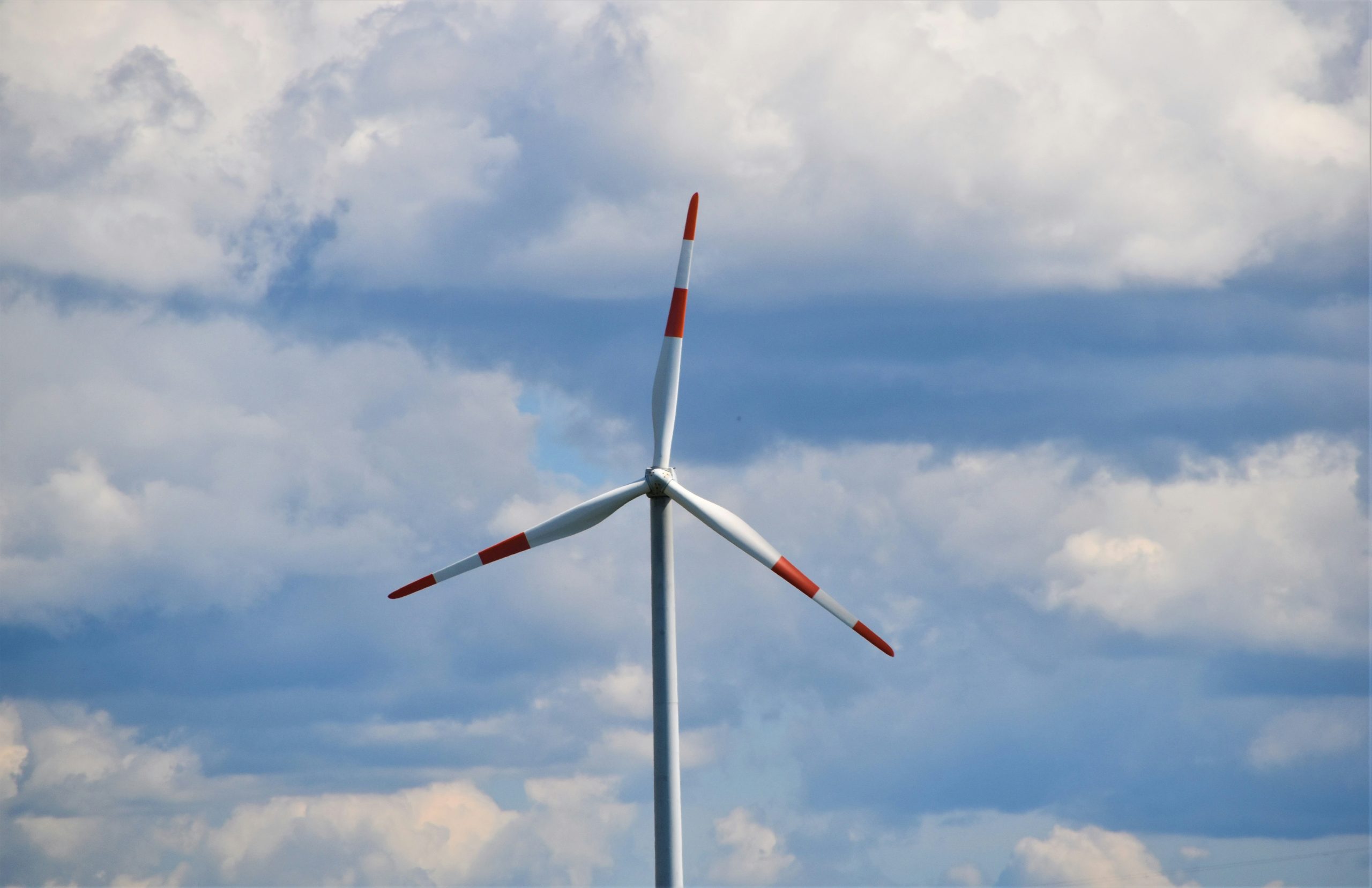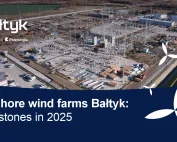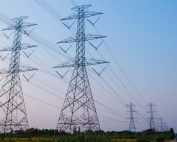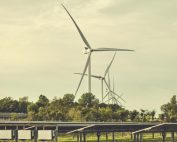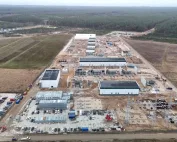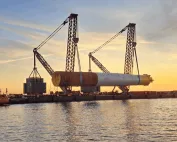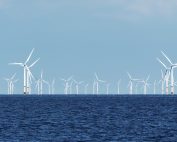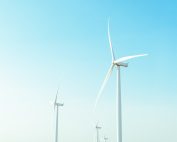Joint press release from the German Federal Maritime and Hydrographic Agency (BSH), the French Research Institute for Exploitation of the Sea (IFREMER) and the Belgian Research Institute for Agricultural, Fisheries and Food Research (ILVO)

Proportions of identified substances that can potentially be released from offshore wind farms according to (a) chemical group and (b) main sources. All 228 identified substances were assigned to at least one group.Source: Hengstmann, Zapata Corella et al. 2025
- Technical solutions available, cross-border regulation recommended
- Germany plays a leading role in regulating chemical emissions
- Chemical emissions and their potential impacts require further research
An international study coordinated by the Belgian Research Institute for Agricultural, Fisheries and Food Research (ILVO) and led by the Federal Maritime and Hydrographic Agency (BSH) and the French Research Institute for Exploitation of the Sea (IFREMER) shows that offshore wind farms could potentially release over 200 chemical substances into the sea. How can these substances be better detected, assessed and regulated? Initial technical solutions and regulations to reduce these emissions already exist. Internationally, Germany is playing a pioneering role in this area. However, there is a lack of coordination across Europe.
The international research team conducted a literature review and used research articles, former literature reviews, reports and material safety data sheets to identify 228 chemical substances that offshore wind farms could potentially release. These mainly include substances from corrosion protection systems (70 per cent) as well as oils and lubricants (10 per cent) that are necessary for operation. Other potential emissions, such as those from cooling agents and fire extinguishing agents, are also included.
The majority of the chemical substances belong to the group of organic compounds (64 per cent), followed by inorganic compounds (19 per cent). Of the 228 substances identified, 62 are considered particularly relevant to the environment. This is because they are on priority lists, for example from the European Chemicals Agency or under the European Water Framework Directive, which assess substances according to their impact on the environment.
These may be substances that are potentially toxic, persistent, endocrine-disrupting, carcinogenic or can be accumulated in the food chain. However, more research is necessary to determine the actual amount of substances released from offshore wind farms and what kind of impact these emissions have on the marine environment. This will be key to ensure the protection of the oceans and their sustainable use.
Analytical challenge: How much comes from where?

Possible chemical emissions from offshore wind farms and their sources, which may be continuous, intermittent or accidentalSource: Hengstmann, Zapata Corella et al. 2025
Dr Pablo Zapata Corella from IFREMER says: “In order to obtain reliable data on these potentially released substances, we need state-of-the-art analytical methods that achieve very low detection limits. In addition, tracing pollution sources in environments with many potential emission sources requires further research, as it is quite complex.”
One option is to measure the concentrations of some selected substances before the construction and during the operation of offshore wind farms in order to identify any changes. Modelling can also help to better understand the distribution and behaviour of the substances in the environment. However, there are currently no standardised procedures for monitoring the emitted substances.
Technical solutions: available but not mandatory
With the increasing spread of offshore wind energy, it is crucial to monitor chemical emissions and investigate their impact on the marine environment. At the same time, these emissions should be reduced by using more environmentally friendly materials and techniques.
The study also shows that some emissions may be technically avoidable, for example through alternative corrosion protection systems, closed cooling systems or biodegradable operating materials. However, there are no industry-specific standards such as those used in shipping. The study recommends binding technical guidelines that should apply to the approval and operation of offshore wind farms.
National regulations exist, but not internationally

Symbolic image: An offshore wind farm in German watersSource: BSH
The study also compares how the US, the UK and Germany regulate chemical emissions from offshore wind farms. The approaches vary greatly and there is currently no comprehensive regulation. In the US and the UK, the authorities assess environmental aspects during the approval process, taking into account potentially released chemicals. Internationally, Germany is playing a pioneering role in this area.
Project developers must submit an emissions concept to BSH during the planning phase in Germany, describing potential material inputs and measures to prevent or reduce them. Approval is followed by a detailed emissions study. Waste and operating material concepts are also required and must be updated regularly.
The BSH sets binding technical and environmental requirements for offshore projects, for example on waste disposal, corrosion protection, wastewater management and the use of cooling or extinguishing systems. For example, zinc-based anodes for corrosion protection are prohibited in German marine waters, as are biocide-containing coatings to control biofouling.
Closer integration of research and practice
Such guidelines should apply not only nationally but also internationally as chemical emissions from offshore wind farms spread across borders into the marine environment. Various stakeholders should also be involved at an early stage in order to implement the guidelines quickly.
The study was conducted as part of the European Interreg project Anemoi, together with the Marine Chemistry and Offshore Renewable Energy working groups of the International Council for the Exploration of the Sea (ICES). In the future, the study could serve as a basis to strengthen cooperation between researchers, operators and regulatory authorities.
Dr Elena Hengstmann from BSH emphasises: “Our literature study provides an important basis for the early detection of chemical emissions from offshore wind farms. Europe-wide coordination and minimum requirements for monitoring and reduction can make the necessary expansion of offshore wind energy more environmentally friendly.” This will protect both the climate and the marine environment.
Further information:
- on the study “Chemical emissions from offshore wind farms: From identification to challenges in impact assessment and regulation” (Hengstmann, Zapata Corella et al. 2025)
- on the Interreg project “Chemical emissions from offshore wind farms” (Anemoi)
- on the 2025 area development plan, including the planning principles for avoiding harm to the marine environment (Chapter II. 7.1)
Source: BSH
